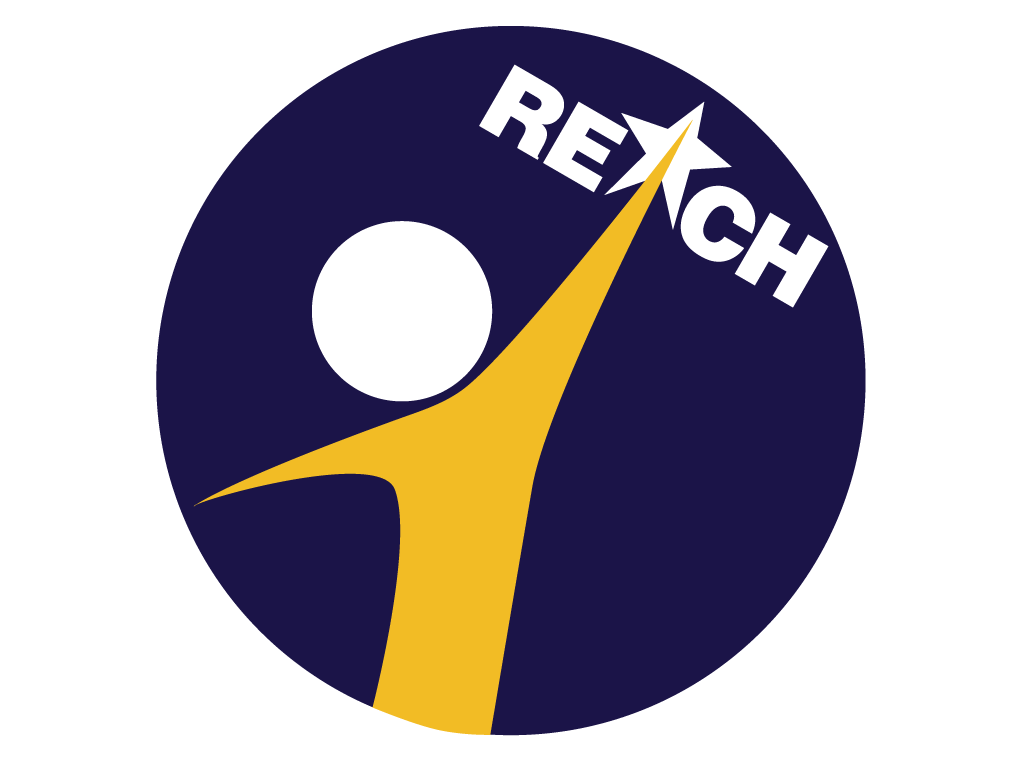Posted at 13:06h
in
Reach News
At a congressional hearing this July, James Monsees, co-founder of Juul Labs, testified that “we [Juul Labs] never wanted any non-nicotine user and certainly nobody underage to ever use Juul products.” But how truthful is this testimony? According to a recent article in the New York Times, Juul’s past shows that this is entirely dishonest. In the wake of an increasing numbers of investigations and lawsuits, Juul has continued to insist that their marketing was never intended to attract teenagers and non-smokers. However, according to NYT interviews with former investors and employees, as well as NYT reviews of legal documentations and social media archives, it seems the company knew exactly what it was doing.
According to the article, Ari Atkins, an engineer that was part of the team that developed the Juul, told The Verge in 2015: “We don’t think a lot about addiction here because we’re not trying to design a cessation product at all. Anything about health is not on our mind.” This point was proven when the company did not include a nicotine warning label on their products until the summer of 2018 when the FDA forced them to do so. In December 2018, the vaping giant continued to raise eyebrows when a 35 percent stake in their company was bought by Altria, one of the world’s largest producers of cigarettes and other tobacco products, uniting Juul with Big Tobacco in an undeniable way.
Juul has virtually monopolized the e-cigarette industry over the last few year, taking over 75 percent of e-cigarette sales and making more than $1 billion in sales in 2018. The company’s gargantuan growth from 2016 to 2018 occurred at the same time that the number of adult nonsmokers that began vaping in the United States doubled. Also during this time, one in four high school students and one in 10 middle school students became e-cigarette users. Although Juul has only recently been tied to increased vaping among adolescents and young adults, it seems this was part of their early game plan. In 2015 during a campaign called Vaporized, Juul introduced itself to the public with parties in large cities like Miami and New York, and with ads and posts featuring young models. Three members of the company’s sales team recalled confusion regarding this campaign; if the company is supposedly targeting current smokers, why is the campaign so youthful? Scott Dunlap, the chief marketing officer at the time, noticing a sharp increase in adolescents and young adults engaging with social media posts featuring hashtags like #juul and #vaporized. In 2017, employees also began noticing that orders were being made online with clearly fake IDs. Although these orders were not filled, it was an indication that underage teenagers were trying to buy Juuls. This clearly didn’t seem to phase the company, as the company moved forward with filing a patent for a vaping device with a built in “gaming mode” that was seemingly aimed at young vapers. This device, however, was never made. Also in 2017, Juul and other vaping companies were sued by the Center for Environmental Health in order to lower dangerous levels of carcinogenic formaldehyde in their products. The Center for Environmental Health decided to include a provision in the settlement that required the companies to agree not to market to youth. Juul did not sign this provision until last month.
Following the intense backlash concerning Juul’s role in the current vaping epidemic among teens, the company has taken steps to keep products away from teenage hands, including stopping the sale of most of its flavors and halting all advertising. Late last year, Joshua Raffel, a spokesman for Juul, said “we [the company] fully understand the need to earn back the trust of regulators, policymakers, key stakeholders and society at large and reset our company and the vapor category.” Regardless of these current changes, Juul’s long-term presence in the American marketplace remains uncertain. In May of next year, the FDA will be reviewing whether the benefit of smokers switching to e-cigarettes is worth the drawback of developing a newly nicotine-dependent generation. For now, all there is to do is wait and hear about the company’s wavering future.



















